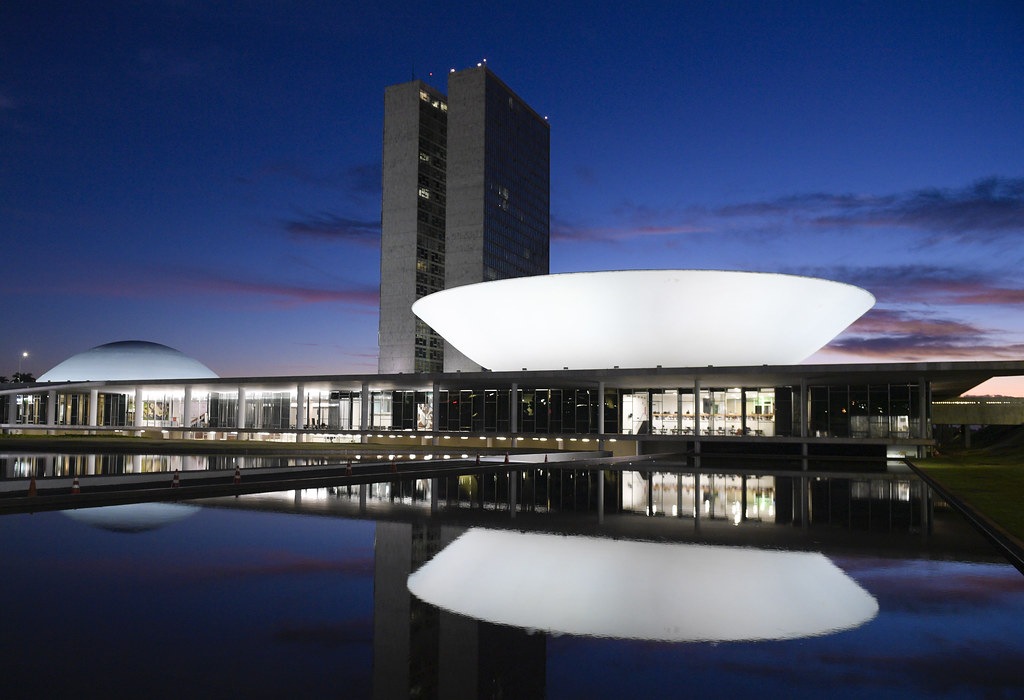RIO DE JANEIRO, BRAZIL – Amidst the growth of compulsory expenditure and the scarcity of discretionary (non-mandatory) funds for the maintenance of public bodies, tax waivers will continue to grow next year. The proposed General Budget of the Union, currently under discussion in Congress, foresees that the government will fail to collect R$330.6 billion (US$82.7 billion) as a result of tax incentives in 2020.

The amount represents an increase of R$24.21 billion compared to the 2019 Budget, which allocated R$306.39 billion in tax expenditures, a designation given when the government forgoes revenues to benefit economic sectors. The most benefited segments in 2020 will be retail and service (R$86.93 billion), labor (R$42.28 billion) and health (R$41.32 billion).
Even with the reduction in payroll tax relief, which will end in 2021, other incentives continue to grow. The main growth in tax waivers, according to the proposed budget, will be in exemptions and immunities for non-profit organizations (+R$ 6.26 billion), in the Manaus Free Trade Zone (+R$3.89 billion) and in income tax exemptions for individuals (+R$2.6 billion).
On the other hand, spending on subsidies, when the government spends money (directly or indirectly) to grant loans at lower interest rates or reduce consumer prices, will drop for the fifth year running. The proposal anticipates that this type of expenditure will drop from R$69.8 billion in this year’s budget to R$63.98 billion in 2020.
The government’s leeway to cut subsidies is shrinking every year. The 2019 Budget had reduced subsidies by R$23 billion. However, the decrease will be R$5.82 billion for 2020.
Drop in interest rates
In recent years, the government has managed to cut subsidies as a result of the end of the Investment Support Program (PSI), which lent some R$400 billion from 2009 to 2015 through the National Bank for Economic and Social Development (BNDES) to companies at reduced interest rates. For next year, however, the drop in the SELIC rate, currently at five percent a year, could lead the government to pay less than expected in the Budget.

Designed to cover the difference between market interest rates and subsidized rates, subsidies are divided into two types. Financial or explicit subsidies, which absorb direct resources from the Budget, and credit or implicit subsidies, in which the Treasury issues public debt securities to cover the interest differential.
For next year, explicit subsidies should total R$35.59 billion, R$2.19 billion less than in the 2019 Budget. The implicit subsidies will total R$28.39 billion, a reduction of R$3.63 billion in relation to this year’s Budget.
Plan
The 2020 Budgetary Guidelines Law (LDO) established that the government must submit a review plan for tax expenditures and subsidies next year, which currently amount to 4.6 percent of Gross Domestic Product (GDP). The economic team will be required to draw up a schedule for reducing tax, financial and credit benefits by 0.5 percentage points of GDP per year until 2022.
The 2019 LDO had blocked the granting of new benefits, restricted the renewal of current benefits for a maximum term of five years and demanded the reduction of benefits to up to two percent of GDP by 2028.
In April, the Ministry of Economy announced the establishment of a committee to discuss the review of all tax expenditures, analyzing the effectiveness of each policy. The committee, according to the portfolio, will submit a plan by the end of the year.
Source: Agência Brasil

